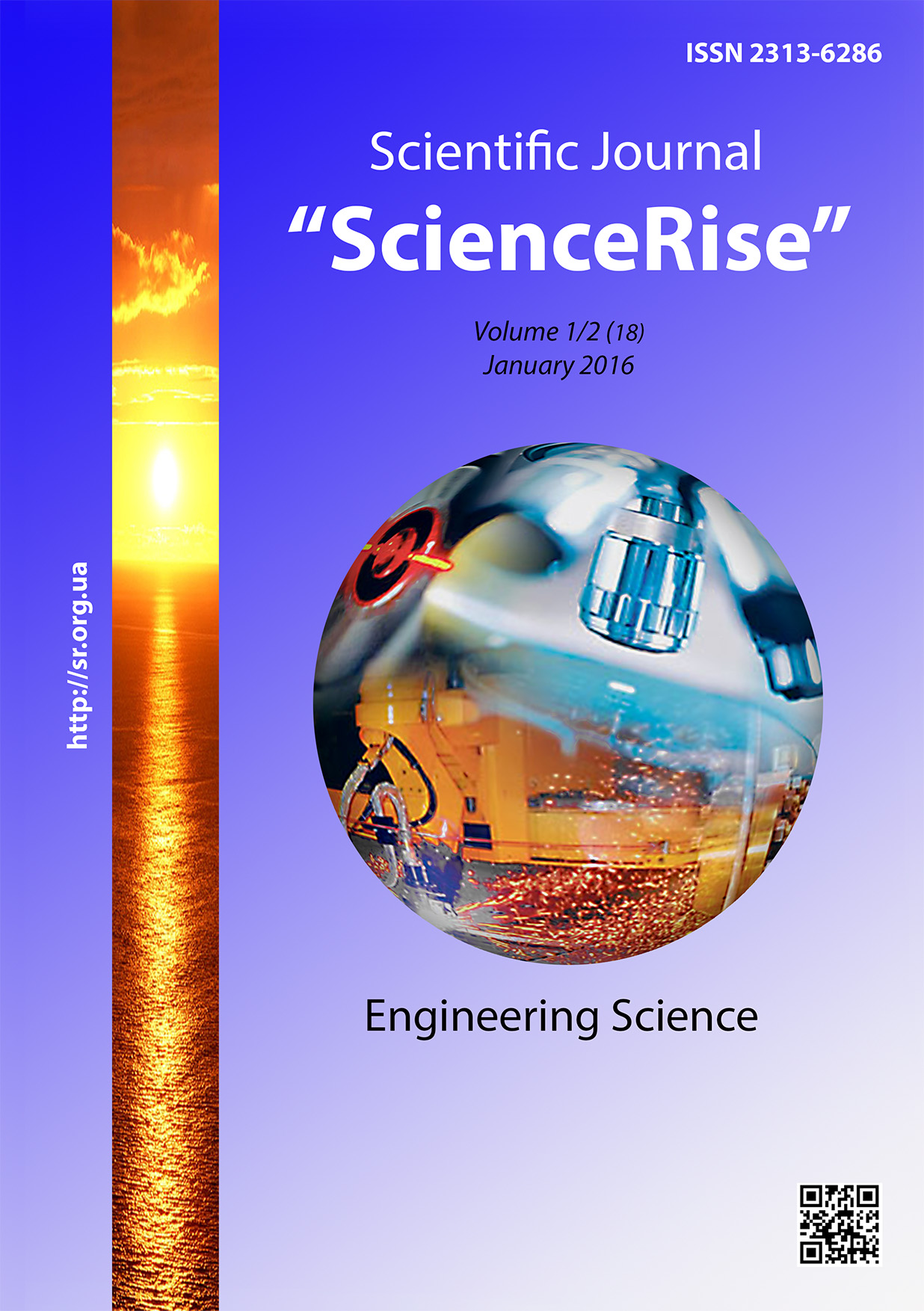Method for effective usage of Google Analytics tools
DOI:
https://doi.org/10.15587/2313-8416.2016.58765Keywords:
method, conversion, website, search optimization, web analytics, goal, source, trafficAbstract
Modern Google Analytics tools have been investigated against effective attraction channels for users and bottlenecks detection. Conducted investigation allowed to suggest modern method for effective usage of Google Analytics tools. The method is based on main traffic indicators analysis, as well as deep analysis of goals and their consecutive tweaking. Method allows to increase website conversion and might be useful for SEO and Web analytics specialists
References
Ashmanov, I., Ivanov, A. (2008). Optimization and promotion of websites in search systems. Sankt-Peterburg, 400.
Koshik, A. (2011). Web Analytics 2.0 in practice. Subtleties and best methods. Moscow: LTD «I. D. Williams», 528.
Hunt, B. (2012). Conversion of the site. Turn visitors into buyers. Moscow: Piter, 288.
Eisenberg, B. (2011). Add to a cart. The key principles of increasing the conversion of the site. Moscow, 209.
Clifton, B. (2014). Google Analytics for professionals. Moscow: Williams, 608.
Hassler, M. (2010). Web Analytics. Moscow: Eksmo, 432.
Kholmogorov, B. (2001). Internet Marketing. Short course. Sankt-Peterburg 136.
Kotler, F. A., Keller, K. J. (2007). Marketing. Menedzhment. Sankt-Peterburg: Piter, 816.
Zisser, U. (2007). Marketing on-line: how to turn the site of the company into an effective instrument of sales. Minsk: Grebtsov's publishing house, 304.
Yakovlev, A. (2007). Promotion and advance of sites: bases, secrets, tricks. Sankt-Peterburg: BHV-Petersburg, 336.
Downloads
Published
Issue
Section
License
Copyright (c) 2016 Олеся Николаевна Кадушкевич, Ирина Николаевна Егорова

This work is licensed under a Creative Commons Attribution 4.0 International License.
Our journal abides by the Creative Commons CC BY copyright rights and permissions for open access journals.
Authors, who are published in this journal, agree to the following conditions:
1. The authors reserve the right to authorship of the work and pass the first publication right of this work to the journal under the terms of a Creative Commons CC BY, which allows others to freely distribute the published research with the obligatory reference to the authors of the original work and the first publication of the work in this journal.
2. The authors have the right to conclude separate supplement agreements that relate to non-exclusive work distribution in the form in which it has been published by the journal (for example, to upload the work to the online storage of the journal or publish it as part of a monograph), provided that the reference to the first publication of the work in this journal is included.

